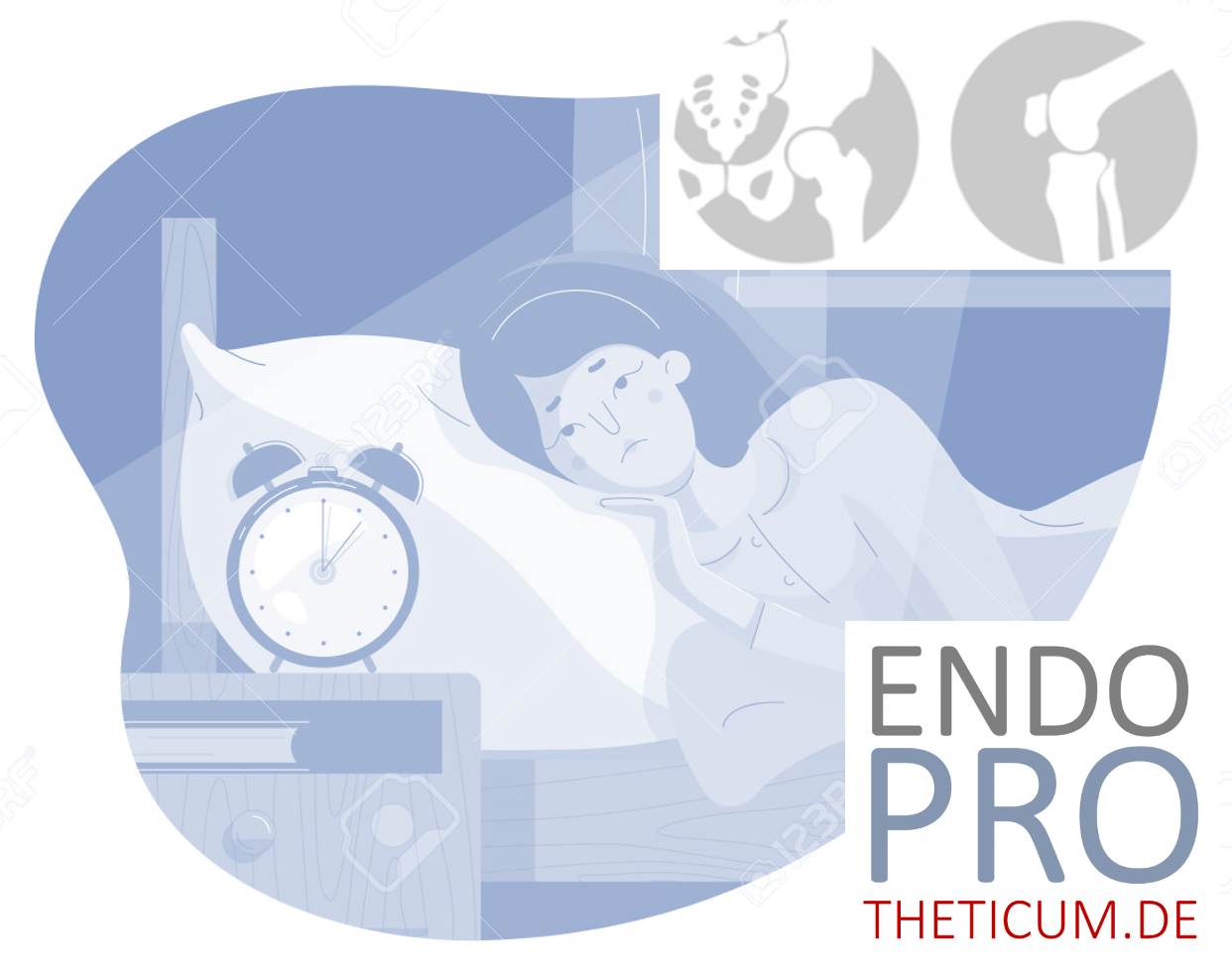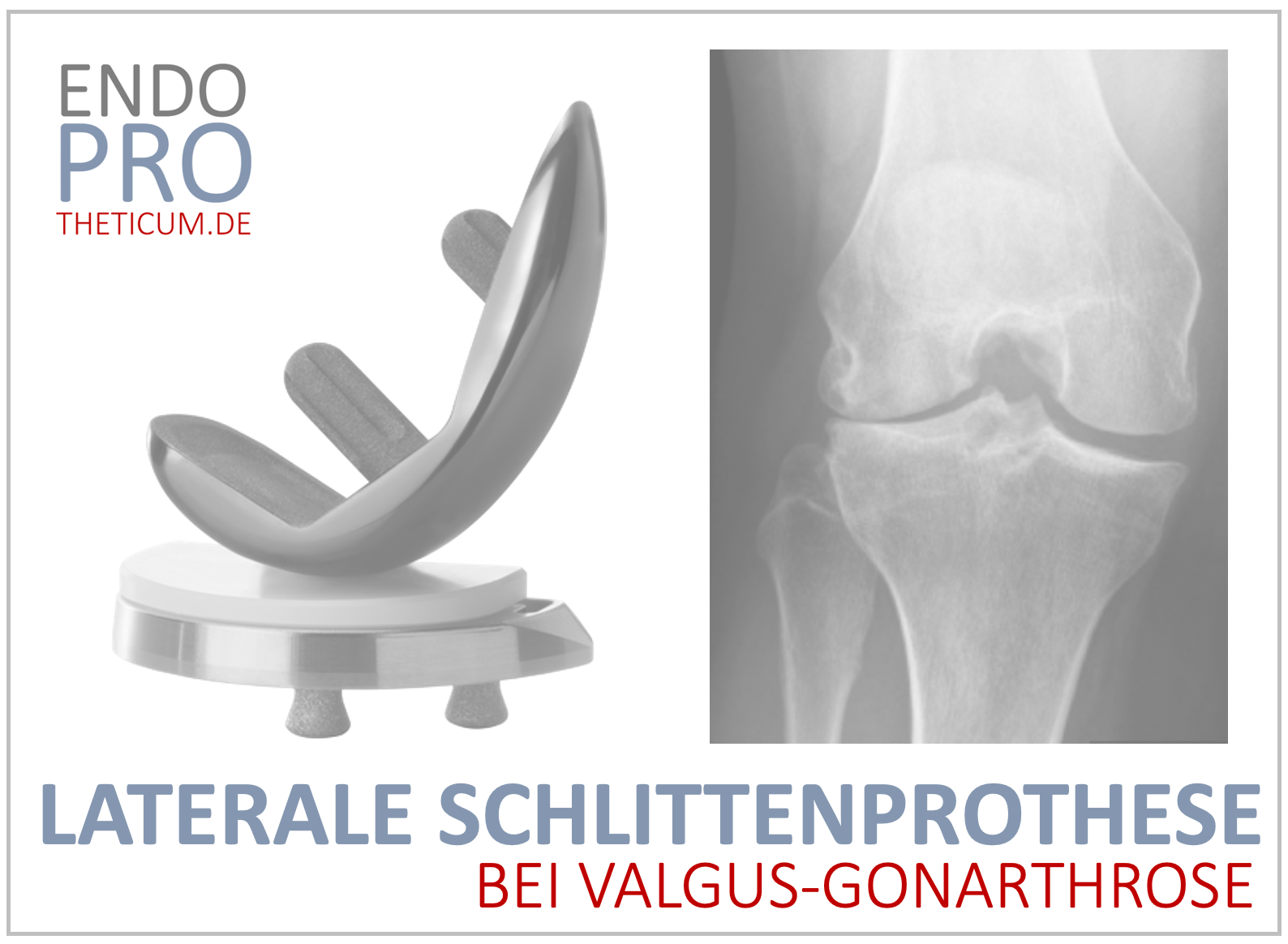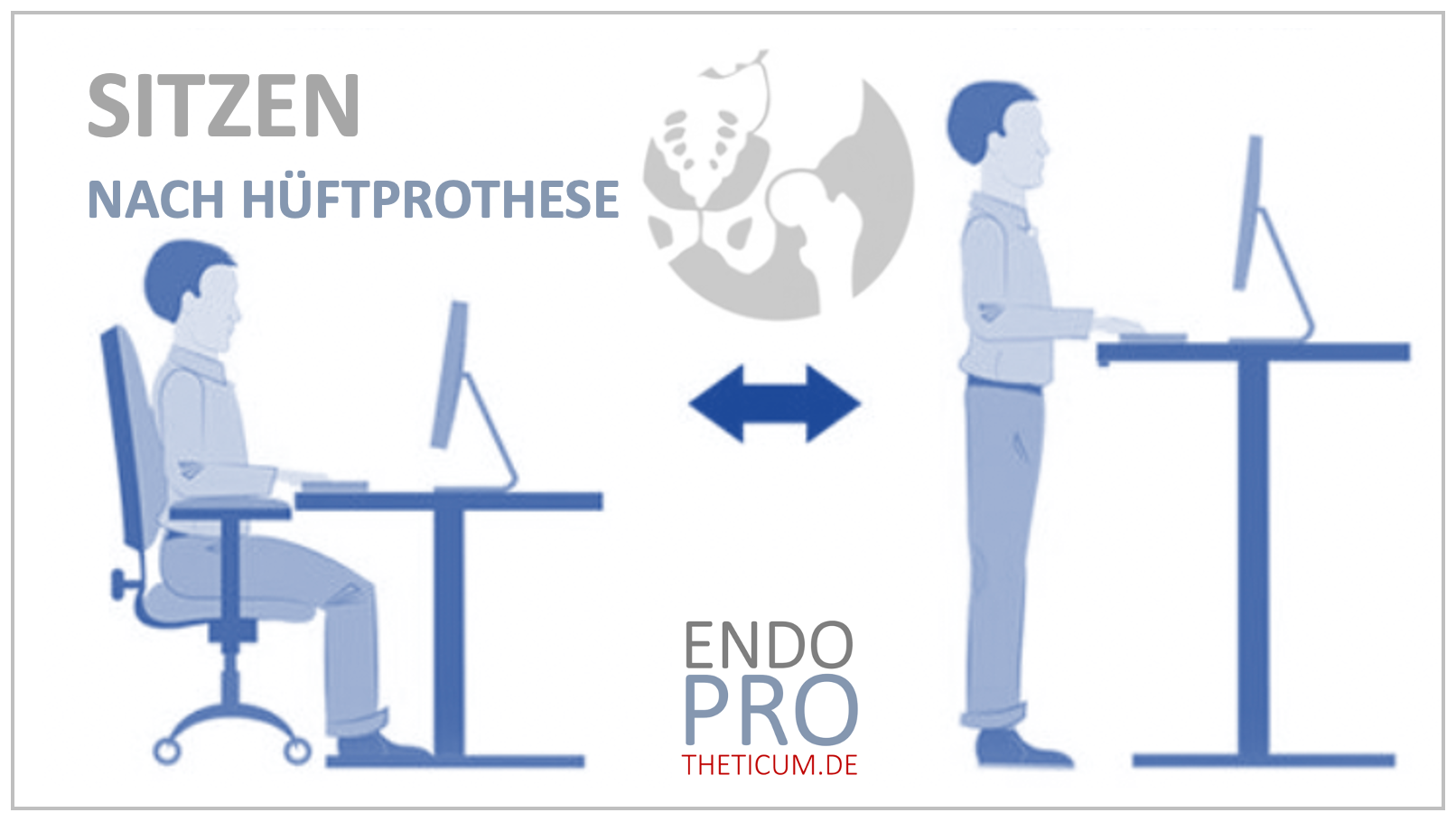Artificial hip joint – what will be possible in the future?
Vision of the future: artificial hip joint

Developments in endoprosthetics are making enormous progress, and modern technologies also open up promising prospects for artificial hip joints. Below you will find a detailed overview of future possibilities and innovations in hip arthroplasty.
1. Improved materials for longer durability of artificial hip joints
Improved materials will play a central role in the future. Highly developed ceramics and novel alloys such as cobalt-chrome-molybdenum or biocompatible ceramic surfaces offer:
- Lower wear rate : Ceramic is more durable and minimizes particle abrasion, which can reduce complications such as osteolysis.
- Higher biocompatibility : Ceramic solutions offer an alternative, especially for patients with metal allergies.
2. Individualized prostheses through 3D printing
Additive manufacturing (3D printing) is revolutionizing the adjustment of artificial hip joints. This technology enables:
- Individually shaped prostheses : 3D printing allows precise adaptation to the anatomy of each patient.
- Less invasive procedures : Individually manufactured implants make minimally invasive operations easier because the fit is optimized.
3. Smart artificial hip joints
“Smart” hip prostheses could become standard in the future. These offer:
- Load monitoring : Sensors in the prosthesis measure loads and movements, allowing for more precise follow-up care.
- Early warning systems : Inflammatory markers could be detected before symptoms appear, allowing timely intervention.
4. Biological regeneration and cartilage replacement
Regenerative medicine will also be a focus:
- Cartilage replacement with stem cells : Stem cell therapies could replace worn cartilage, which could delay the need for prostheses.
- Hybrid solutions : Combined therapies with biological and mechanical components are in development.
5. Minimally invasive surgical procedures
Minimally invasive approaches allow for less tissue damage, shorter recovery times and lower infection rates from artificial hip joints. Future innovations include:
- Robotics-assisted surgery : Precision robots could make implantations even safer.
- Navigation systems : Improved imaging and navigation optimize the placement of prostheses
6. Sustainability and circular economy
Future approaches also focus on ecological aspects:
- Recyclable implants : Materials that are reusable or biodegradable reduce environmental impact.
- Resource-saving production : Additive manufacturing saves materials and energy compared to conventional manufacturing.
Challenges and ethical issues related to artificial hip joints
Despite all the progress, challenges remain:
- Cost and availability : High-tech implants are often expensive and not widely accessible.
- Long-term studies : New technologies require extensive clinical testing before they become widely available.
- Data protection with smart implants : Smart prostheses raise questions about data security and privacy.
Conclusion
The future of artificial hip joints promises immense advances that will not only improve quality of life, but also revolutionize surgical procedures and materials. From durable ceramics to personalized implants to smart prostheses, arthroplasty is becoming increasingly precise and patient-centered.
Combined with regenerative therapies, future technologies could even help reduce the need for total joint replacement. However, there remain ethical and financial questions that need to be resolved before these innovations become available to everyone.
MAKE AN APPOINTMENT?
You are welcome to make an appointment either by phone or online .



























